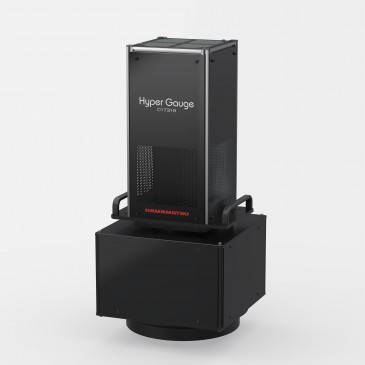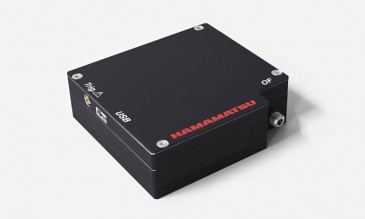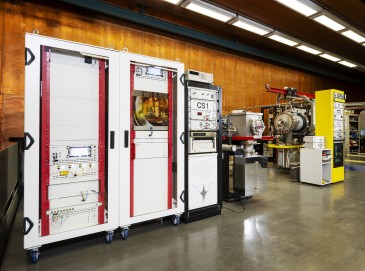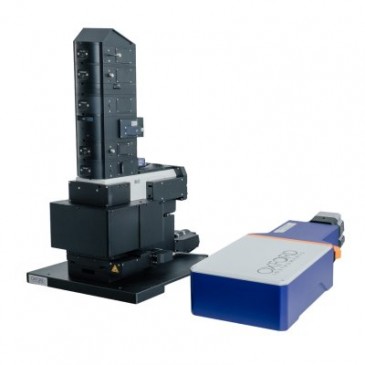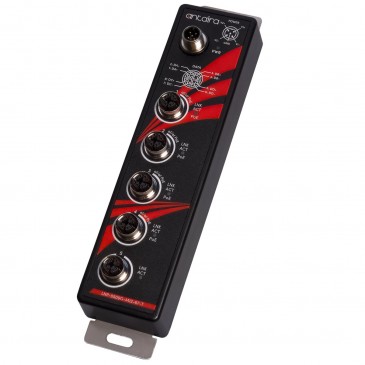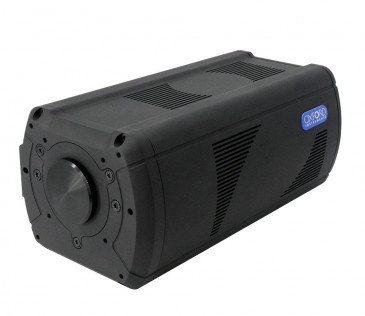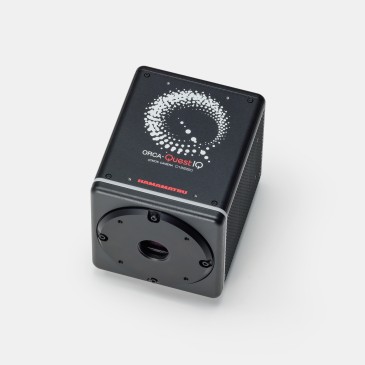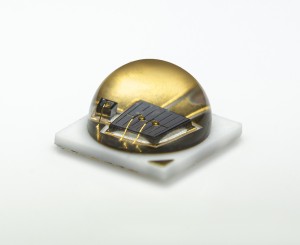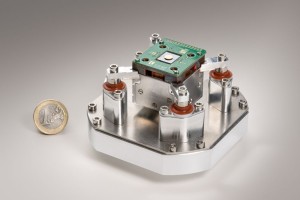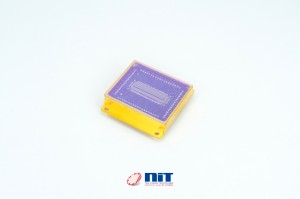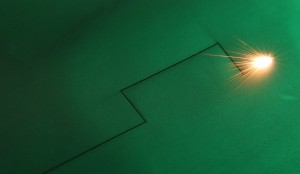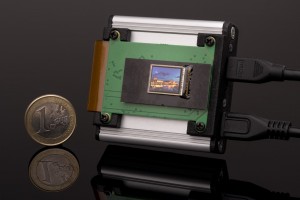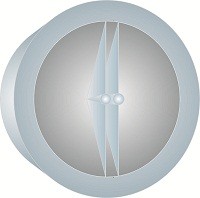
Researchers have developed a new, dual-core optical fibre that can perform the functions of signal switches, routers and buffers by applying a miniscule amount of mechanical pressure. These new nanomechanical fibres, which have their light-carrying cores suspended less than 1 micrometre (µm) from each other, could greatly enhance data processing and also serve as sensors in electronic devices. The researchers describe their new fibre and its applications today in the article “Nanomechanical optical fibre” in the Optical Society’s (OSA) open-access journal Optics Express.
“Nanomechanical optical fibres do not just transmit light like previous optical fibres,” says Wei H. Loh, deputy director of the Engineering and Physical Sciences Research Council (EPSRC) Centre for Innovative Manufacturing in Photonics and researcher at the Optoelectronics Research Centre (ORC), both at the University of Southampton, UK. “Their internal core structure is designed to be dynamic and capable of precise mechanical motion. This mechanical motion, created by applying a tiny bit of pressure, can harness some of the fundamental properties of light to give the fibre new functions and capabilities.”
This innovation was achieved by fabricating fibres with two cores (i.e., the pathways that carry data in the form of light) that are close enough to each other to be optically coupled, a property of light by which a photon’s influence can extend beyond the fibre’s core, even though the light itself remains inside. By shifting the position of one of the cores by just a few nanometres, the researchers changed how strongly the light responded to this coupling effect.
If the coupling effect is strong enough, the light immediately jumps from one fibre to the other. The flexible suspension system of the fibre easily responds to the slightest bit of pressure, bringing the two cores closer together or moving them apart, thereby controlling when and how the signals hop from one core to the other, reproducing the function of an optical switch inside the actual fibre.
This same capability may also enable optical buffering. “With our nanomechanical fibre structure, we can control the propagation time of light through the fibre by moving the two cores closer together, thereby delaying or buffering the data as light,” says Loh. Buffers are essential when multiple data streams arrive at a router at the same time; they delay one data stream so another can travel freely.
To create the new fibres, the researchers heated and stretched a specifically shaped tube of optical glass with a hollow centre containing two cores suspended from the inside wall (see Image 1, above). The fibres maintain this original structure as they are drawn and stretched to the desired thickness.
According to the researchers, this is the first time that nanomechanical dual-core fibres have been directly fabricated. Other types of multi-core fibres have been fabricated previously but their cores are encased in glass and mechanically locked. This previous design meant that routing, switching or buffering data required taking the light out of the optical fibre for processing in the electronic domain before reinsertion back into the fibre, which is cumbersome and costly.
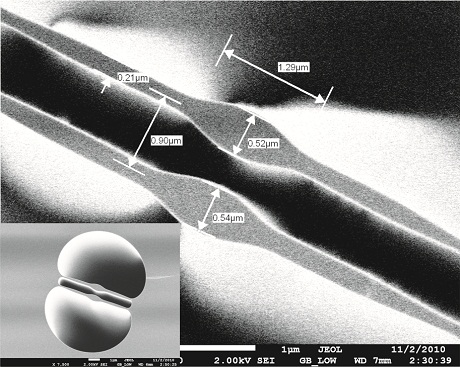
Image 2: An actual cross-section and extreme magnification of the nanomechanical fibre. The dual cores are shown in the centre, each a mere 0.5µm across at their centres, while the supporting glass filament is approximately 0.2µm across. The small-scale structure was achieved by heating and drawing out a larger fibre-optic form. (Credit: Optics Express.)
Since the new process utilises traditional fibre optic manufacturing techniques, it’s possible to create dual-core fibres that are hundreds of meters to several kilometres (km) long, which is essential for telecommunications.
Loh and his colleagues also expect this introduction of MEMS functionality into the optical fibre to have implications in other fields, such as sensing. Because the fibres are so sensitive to pressure and can be readily drawn to long lengths, they also could be integrated into bridges, dams and other buildings to signal subtle changes that could indicate structural damage.
The team will present on this work at the Optical Fibre Communication Conference and Exposition/National Fibre Optics Engineers Conference (OFC/NFOEC) on 17-21 March 2013 in Anaheim, California (US).
Image 1: The structure of the dual-core nanomechanical optical fibre. Inside the fibre, two cores are shown suspended from above and below. This structure enables the two cores to move and precisely respond to an external mechanical force, moving closer or further apart, depending on data transmission needs. (Credit: Optics Express.)







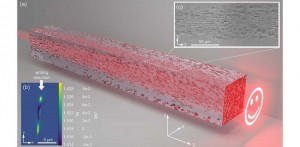
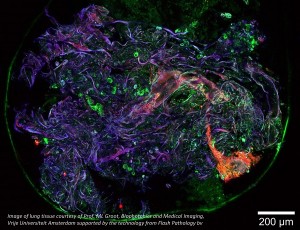

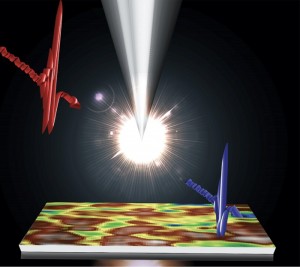

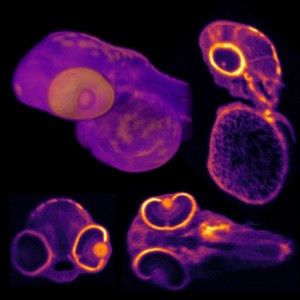
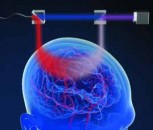


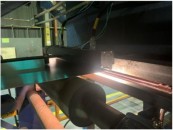









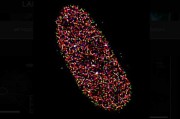
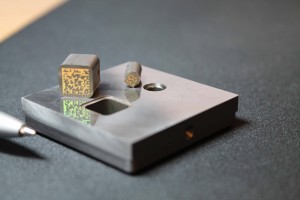

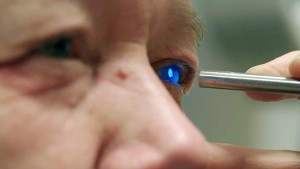

 Back to News
Back to News